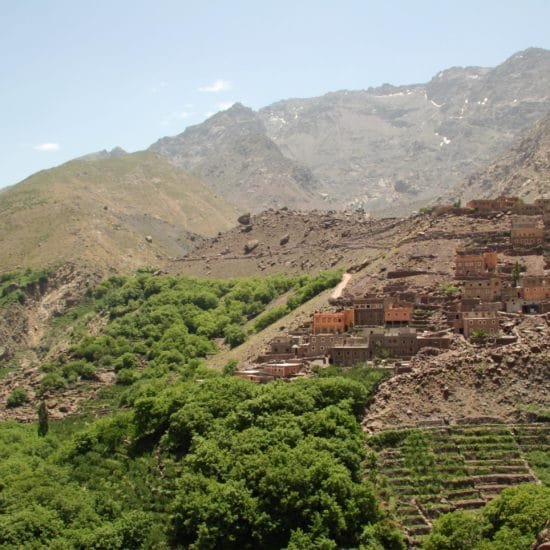
High Atlas Mountains temperature
High Atlas Mountains Temperature
The High Atlas Mountains, stretching across central Morocco, present a captivating landscape that significantly influences the region’s climate. This majestic mountain range, with its dramatic peaks and deep valleys, High Atlas mountains temperature exhibits a range of temperatures influenced by altitude, season, and geographical location.
Altitude and Temperature Variation
One of the most striking features of the High Atlas Mountains is the dramatic temperature variation with altitude. At lower elevations, temperatures are relatively mild, making the foothills and lower slopes suitable for agriculture and habitation.
For instance, towns like Imlil, situated at around 1,740 meters (5,710 feet), experience temperate conditions, particularly in the spring and autumn months. Daytime temperatures can range from 15°C to 25°C (59°F to 77°F), providing a pleasant climate for visitors and residents alike.
As one ascends the mountain range, temperatures begin to drop. The temperature gradient in the High Atlas is a classic example of the adiabatic lapse rate, where the air cools approximately 6.5°C (11.7°F) for every kilometer (3,280 feet) gained in altitude.
Thus, at higher elevations, such as the Toubkal Massif, which reaches 4,167 meters (13,671 feet), temperatures can be considerably cooler. During summer, the temperature at these elevations might hover around 10°C to 15°C (50°F to 59°F), while in winter, temperatures can plummet below freezing.
Seasonal Temperature Fluctuations
The High Atlas Mountains experience notable seasonal temperature fluctuations, influenced by their location in a semi-arid region. Summers in the region are generally warm to hot, with temperatures in the lower elevations often exceeding 30°C (86°F). However, even in summer, higher altitudes offer a cooler respite, with temperatures dropping significantly as the sun sets.
Winter, on the other hand, brings a dramatic shift. Snowfall is common in the higher elevations, transforming the High Atlas into a winter wonderland. This snowy blanket is crucial for the region’s water supply, feeding into rivers and lakes that are essential for agriculture and local ecosystems. Winter temperatures can vary widely, with daytime highs in the lower mountains ranging from 0°C to 10°C (32°F to 50°F) and much colder temperatures at higher altitudes, often falling well below freezing.
Impact on Local Climate and Lifestyle
The temperature variations in the High Atlas Mountains significantly impact local lifestyles and activities. The cooler climate at higher elevations is ideal for hiking, trekking, and mountaineering, attracting outdoor enthusiasts from around the world. The snow-capped peaks also make the region a popular destination for winter sports, including skiing and snowboarding, particularly around the Oukaïmeden Ski Resort.
In contrast, the milder temperatures at lower elevations support agriculture, with local farmers cultivating crops such as barley, wheat, and vegetables. The warm, dry conditions of the lower regions are suitable for growing fruit trees, including apples, cherries, and olives, contributing to the local economy and cuisine.
Climate Challenges and Adaptations
Despite the beauty and diversity of the High Atlas climate, the region faces challenges. The sharp temperature differences between summer and winter can strain local infrastructure and impact agricultural productivity. Additionally, the effects of climate change are becoming increasingly apparent, with shifting weather patterns affecting traditional farming and water resources.
Adaptations are crucial for the local population, including the implementation of sustainable agricultural practices and improvements in water management. Efforts to preserve the natural environment and adapt to changing conditions are vital for maintaining the delicate balance of life in the High Atlas Mountains.
Wrapping It Up
The High Atlas Mountains offer a fascinating study in temperature variation and climatic influence. From the temperate foothills to the icy heights of the peaks, the range’s climate is as diverse as its terrain. Understanding these temperature patterns not only enhances our appreciation of this stunning region but also underscores the importance of adaptation and sustainability in the face of environmental changes.




